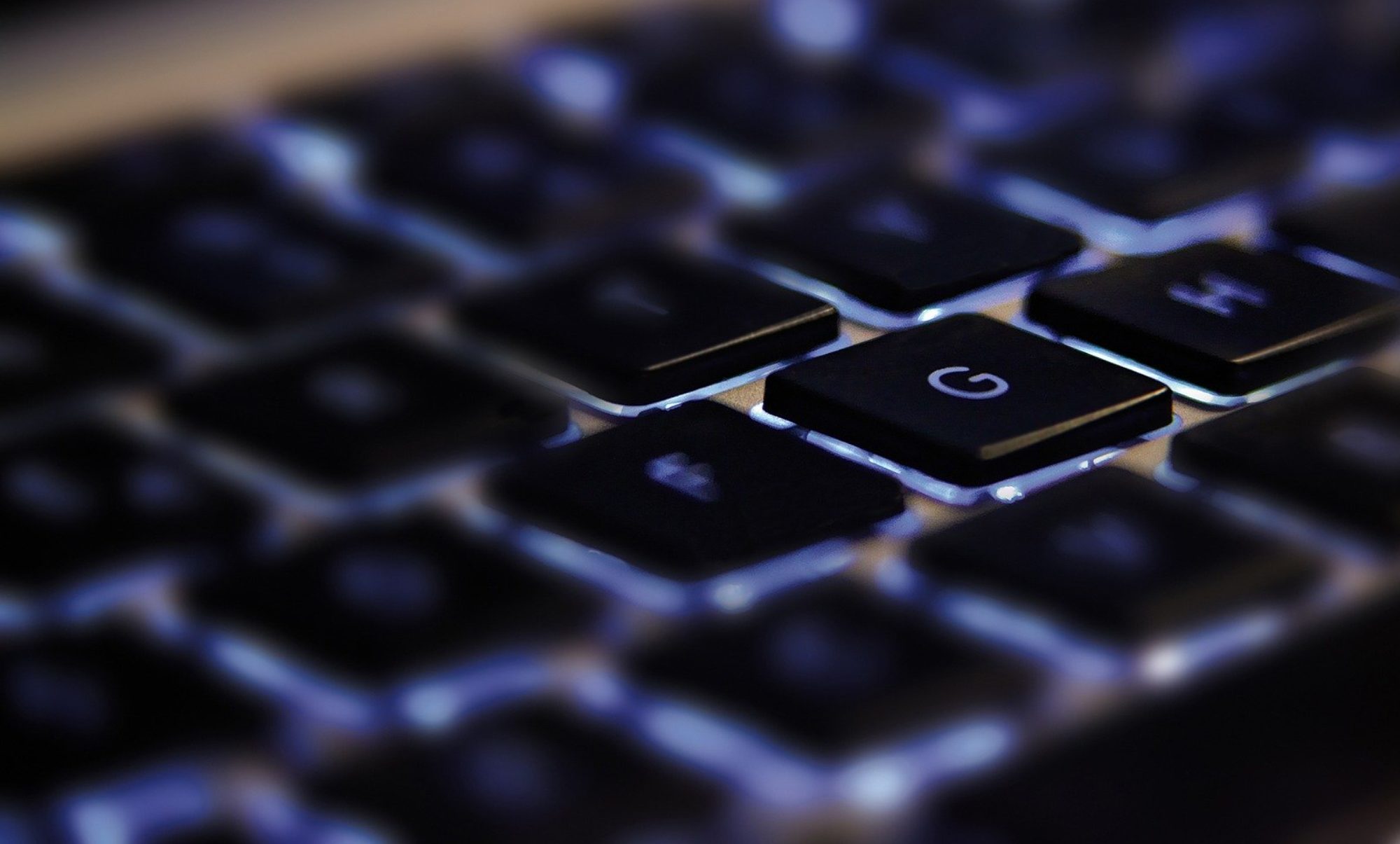Relaxation techniques are a set of practices that can be used to promote a sense of calmness and reduce stress and anxiety. With the busy, fast-paced nature of our lives, it’s important to take a break and engage in these techniques to help our minds and bodies relax.

One of the most popular relaxation techniques is deep breathing exercises. This technique involves taking slow, deep breaths from the diaphragm. It is recommended to inhale through the nose and exhale through the mouth. Deep breathing helps to slow down the heart rate, reduce blood pressure, and decrease muscle tension. This technique can be done anywhere, and it can help you feel more relaxed and centered.
Meditation is another popular relaxation technique. This practice involves focusing the mind on a single thought or object while letting go of distractions and negative thoughts. Meditation has been shown to reduce stress, anxiety, and depression, as well as improve sleep quality and overall well-being. Meditation can be done in different ways, such as mindfulness meditation, which involves focusing on the present moment, or loving-kindness meditation, which involves sending positive thoughts to yourself and others.
Progressive muscle relaxation is a technique that involves tensing and relaxing different muscle groups in the body, starting from the toes and working up to the head. This technique helps to reduce muscle tension and promote relaxation. Progressive muscle relaxation can be done sitting or lying down, and it can help you become more aware of your body and your physical sensations.
Yoga is another relaxation technique that combines physical postures, breathing techniques, and meditation. Yoga has been shown to improve flexibility, balance, strength, and overall physical and mental health. Practicing yoga can also help reduce stress and anxiety, as well as improve sleep quality and overall well-being.
Aromatherapy is another relaxation technique that involves using essential oils to promote relaxation and reduce stress. Some popular essential oils for relaxation include lavender, chamomile, and bergamot. Essential oils can be used in a diffuser or applied topically. Aromatherapy can be used as a standalone technique or combined with other relaxation techniques.
Massage therapy is another relaxation technique that involves the manipulation of muscles and soft tissues in the body to promote relaxation and reduce stress. Massage therapy can be done by a professional massage therapist or self-massage can be done with a foam roller or tennis ball. Massage therapy can help reduce muscle tension, promote relaxation, and improve overall well-being.
Listening to calming music is another relaxation technique that can help reduce stress and promote relaxation. Calming music can help slow down the heart rate, reduce blood pressure, and promote a sense of calmness. It can also be used to improve sleep quality and reduce symptoms of anxiety and depression.
Taking a warm bath is another relaxation technique that can help reduce stress and promote relaxation. Taking a warm bath can help reduce muscle tension, promote relaxation, and improve sleep quality. Adding Epsom salts or essential oils to the bath can also enhance the relaxation experience.
Spending time in nature is another relaxation technique that can help reduce stress and promote relaxation. Spending time in nature has been shown to improve mood, reduce stress, and promote relaxation. This can be done by taking a walk in a park or spending time in a forest or near a body of water.
In conclusion, relaxation techniques can be used to promote a sense of calmness and reduce stress and anxiety. There are many different techniques available, and it’s important to find the technique that works best for you. By incorporating relaxation techniques into your daily routine, you can reduce stress and promote a healthy body and mind.

